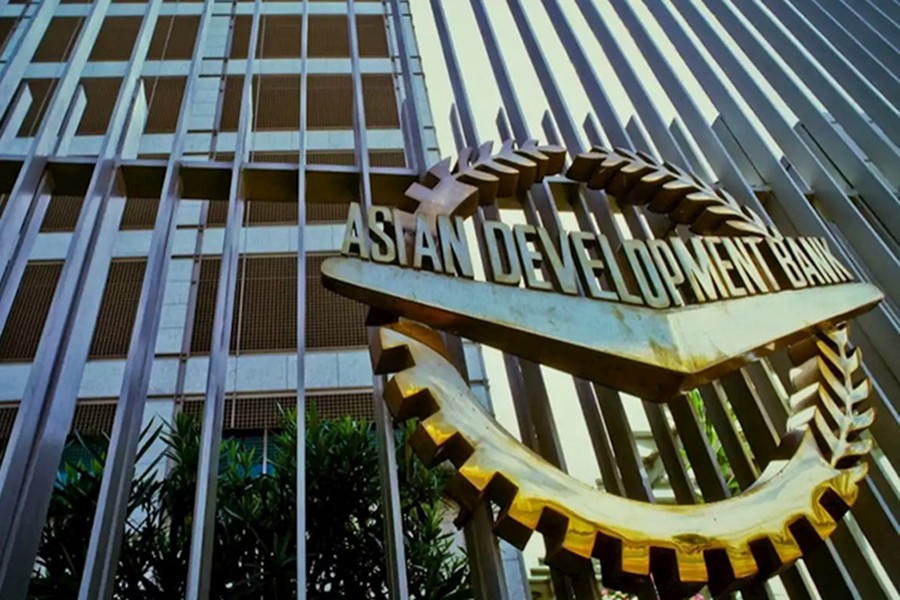The Asian Development Bank (ADB) will boost its aid commitment to Bangladesh this year, prodded by its growth potential while helping the country reach its next stage, its senior executive has said.
"We're enthusiastic about the prospect of Bangladesh," Diwesh N. Sharan, deputy director general of the Bank's South Asian Department, told the FE in an interview at his office in Manila.
In the fiscal year 2019, the country's economy expanded at a rapid pace of 8.13 per cent, labelled by the ADB as the highest in the Asia-Pacific region.
The country aspires to achieve the developed country status by 2041.
It is set to graduate to a middle income country by 2024.
This year's aid commitment will be US$1.7 billion, a big increase from the level in 2016 when the Asian lender committed $690 million in loans to Bangladesh, he said.
For the next three years through 2022, the Asian lender will scale up lending to $4.7 billion, or an annual average of $1.5 billion, the deputy head of the South Asian Department said. Of the total credit, almost a half will be concessional, meaning it will have a lower interest rate.
Mr Sharan cited improved capacity of the government to complete projects in time as another factor why the Bank was betting big on Bangladesh.
"Overall, Bangladesh's project performance is good, though there are some hiccups" said Mr Sharan.
Besides the Bank's own lending, it is increasingly focusing on co-financing in which the ADB either takes the lead or partners with another bilateral or multilateral lender for funding.
For instance, the ADB will channel $250 million into the Dhaka west zone transmission project, where the China-led Asian Infrastructure Investment Bank will share additional $200 million.
The ADB senior executive noted international borrowing is needed to finance its infrastructure, a prerequisite to attracting foreign direct investments.
Although Bangladesh hauled a record $3.61 billion in foreign investment, the overseas capital flow accounts for less than 1.0 per cent of the country's GDP (gross domestic product).
The ADB's senior executive said that there was global interest in Bangladesh.
"This is an opportune time [to attract investment]," Mr Sharan said.
Citing the example of tariff war between the United States and China, which continues to smolder on, he said lots of business and orders are shifting to Bangladesh and Vietnam, both stand to leverage from trade diversion.
To offset the lower FDI flow, Bangladesh can opt for cheaper international borrowing.
With external debt accounting for 12 per cent of the country's GDP, Bangladesh has the capacity and "headroom" to borrow more from multilateral agencies and international banks, argued Mr Sharan.
Mr Sharan said while infrastructure financing makes up as much as 65 per cent of the Bank's total lending portfolio, the remaining 35 per cent goes to the social sector, including education. Its investment in the education sector is one of the highest in the region.
He disclosed that his bank would also provide $190 million in loans to help the government establish a digital university.
Even more, rural development and food security have been thrust into spotlight, one of seven operational "priorities" of the Bank's 2030 strategy.
Last year, Bangladesh became the second-largest recipient of the ADB aid, trailing only India that pulled $ 3.5 billion in credit.
Indeed, the country is among top five recipients in continental Asia, displacing China, Indonesia and Uzbekistan.


